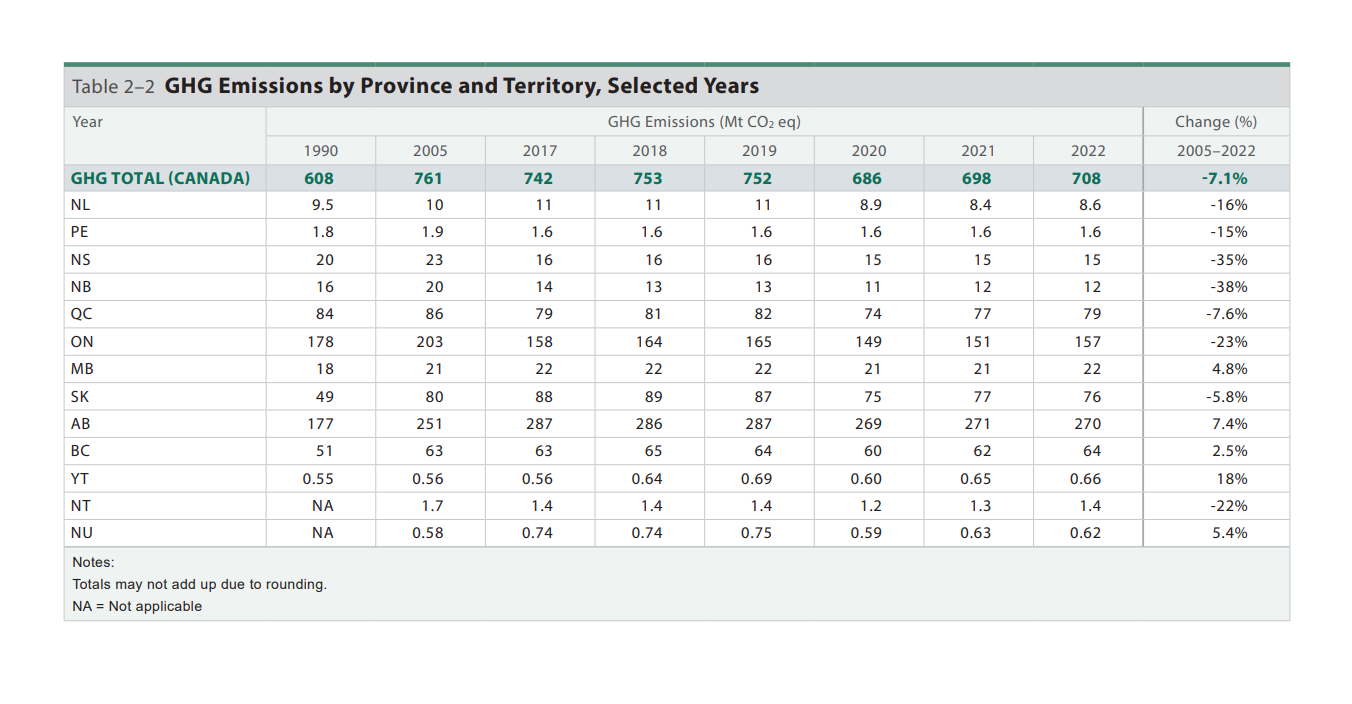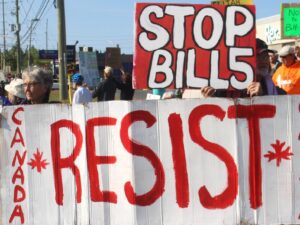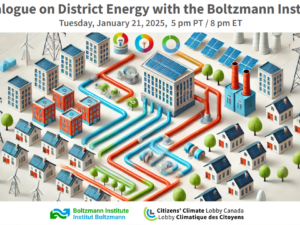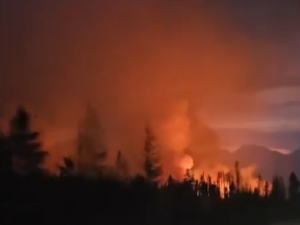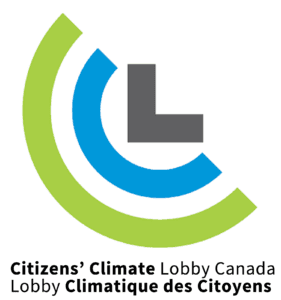In a nutshell: The good news: Canada’s greenhouse gas emissions (GHGs) are below pre-pandemic levels, mostly as a result of methane regulations and carbon pricing policies. However, a slight uptick of 10 Mt in 2022 prompts concerns. Lack of cooperation and unified climate accountability laws are hindering progress. Opposition to carbon pricing also poses economic threats. Action is imperative. On Thursday, May 2, 2024, the Canadian government released its National Inventory Report for our 2022 global heating gases. The good news: Canada’s GHGs are below pre-pandemic levels (708 Mt). This is a sign that the methane regulations and Canada’s carbon pricing policies, which are the keystone policies of the Pan Canadian Framework on Clean Growth and Climate Change, are working. Of note 2022 was a record year of population growth for Canada, with over one million new inhabitants, while emissions per capita decreased from 24 tonnes in 2005 to 18 tonnes, which is comparable to the United States. As well, the emissions intensity (calculated by GHGs per GDP Index) of the Canadian economy has continued to decline. This is further evidence that it is possible to increase economic prosperity while decreasing emissions. Canada is the fourth-largest fossil fuel producer in the world. Eighty percent of our emissions can be attributed to energy production and use, which, according to today’s report, makes us the 11th-biggest total greenhouse gas emitter worldwide. The Confederation of Canada’s constitution grants significant powers to the provinces, particularly over energy and climate policies. This has resulted in a fragmented approach to climate accountability nationwide. Alarmingly, five provinces and territories, including Newfoundland and Labrador, the Northwest Territories, Nunavut, Alberta, and Saskatchewan, lack comprehensive climate accountability laws. It shouldn’t come as a surprise that while Alberta and Saskatchewan, the oil-producing provinces of Canada, collectively accounted for roughly half of all of Canada’s greenhouse gas emissions (708 Mt) in 2022, their emissions only decreased by 1 Mt each in their respective provinces. Additionally, the relentless opposition to carbon pricing poses significant headwinds and a threat to Canada’s economy. The indisputable truth is that carbon pricing works. Without the clear signal from carbon pricing, it is difficult for industries to plan. For example without sufficient carbon pricing, achieving significant emissions cuts with carbon capture on the scale needed for climate goals looks doubtful. The latest casualty of this onslaught opposition to carbon pricing is the cancellation of Capital Power’s $2.4-billion carbon capture and sequestration project. This doesn’t just impact the fossil fuel industry; Canada invested billions of our tax dollars in carbon capture, which will be essential for our steel and cement industry to sequester the carbon they cannot eliminate from their production chain. Amidst the growing challenges of climate change impacts and the toll they take on our economy and society, reducing pollution from fossil fuels stands out as the most effective path forward. It’s within our collective power to stay grounded, focusing on the evidence that climate action, such as implementing carbon pricing, not only mitigates risks but also enhances affordability in our lives.Laser Talk: Lack of Cooperation in the Confederation Hindering Progress

But there was a slight uptick of GHGs of 10 Mt in 2022 compared to 2021. Why is this happening?
Ontario (157 Mt) has partial accountability laws. But with the cancellation of crucial climate programs Ontario accounts for 6Mt of the 10Mt increase in GHGs in 2022. The province of Ontario has further plans to expand fossil fuel infrastructure including fossil gas pipelines (Bill 165) and fossil-gas electricity despite numerous experts advising against both actions.
Laser Talk: Lack of Cooperation in the Confederation Hindering Progress
Home » CCL Canada News » Laser Talk: Lack of Cooperation in the Confederation Hindering Progress
Laser Talk: Lack of Cooperation in the Confederation Hindering Progress
Posted on May 3, 2024 in Laser Talk



